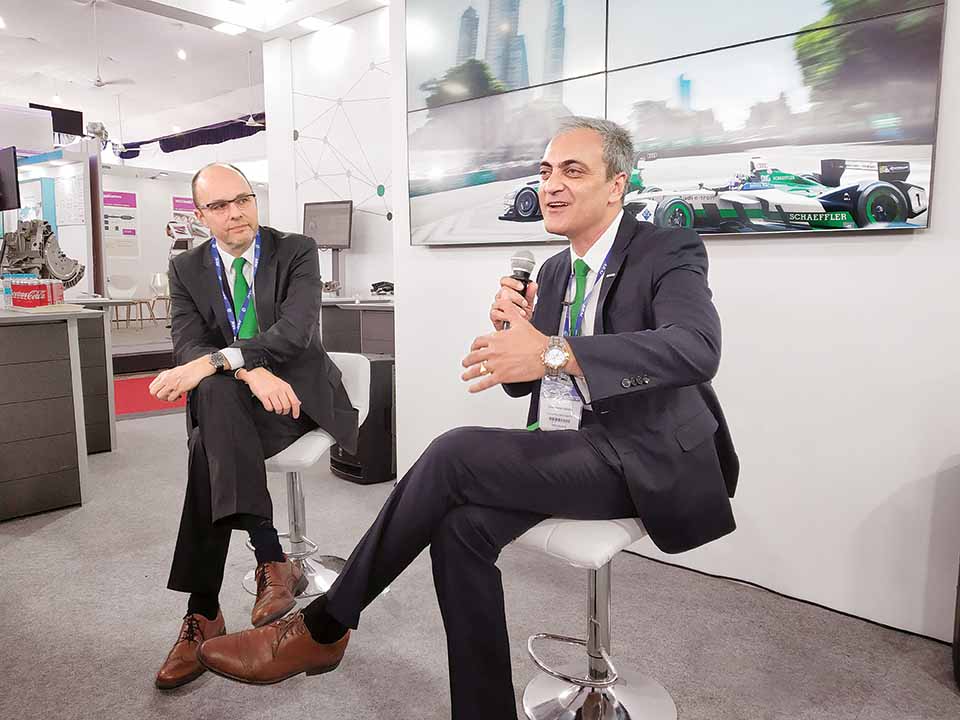
Story by:
Ashish Bhatia
As the automotive industry in India closes on BSVI emission norms, suppliers are contributing a good deal to the regulatory requirement. They are also contributing a good deal to the market requirements as new solutions are devised by OEMs in close coordination to keep the quality up there, and costs under control. As a key supplier to various CV manufacturers in India, the Schaeffler Group has been quietly adding strength to its operations in India. It has been leveraging its new, unified identity created by the merging of its three business verticals – Luk, INA and FAG – with Schaeffler India under the ‘One Schaeffler’ plan. Confident of its competitive powertrain product matrix, the Group’s operations in India are estimated to be worth Rs.41 billion. Expressed Avinash Gandhi, Chairman, Schaeffler India that they are ready to cater to the customer pool under a new, stronger and versatile entity.
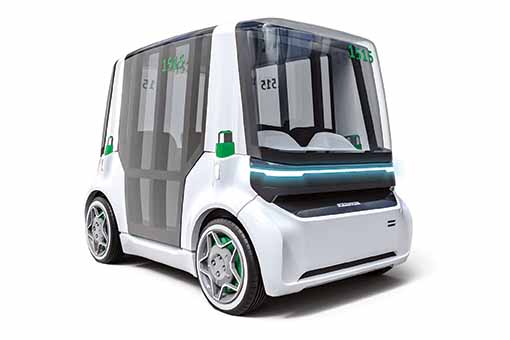
Realising the need to elevate powertrain and vehicle expertise to a new level, Schaeffler India is creating new synergies. It is leveraging the strengths of the erstwhile LuK, INA or FAG business verticals. “With the conclusion of the merger effective October 2018, the new entity is expected to make it easier for customers to engage with the company’s automotive division irrespective of the product involved,” mentioned Gandhi. The newfound strategic positioning will help the company to gain a competitive advantage, he stated. Changing its product mix in line with the future needs, the Group, in India, is closely following the change in urban mobility. Of the opinion that the changes in urban mobility in the next 20 years will far outpace the changes in the last 100 years, Gandhi averred that they have come to build a competitive powertrain product matrix with offerings across micro Hybrid Electric Vehicle (HEV), mild HEV, plug-in hybrid and HEVs besides Hybrid and Electric (xEV) batteries.
Electrification
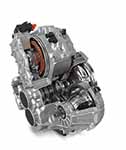
Anticipating the meeting of consumption and emission targets in the future through electrification, Schaeffler in India, according to its managing director and chief executive officer Dharmesh Arora, is re-examining its product and technology strategy every now and then to stay agile. Pointing at Schaeffler’s product range, which includes electric and hybrid solutions apart from those that address the needs of conventional automobiles, Arora revealed that the new entity, Schaeffler India, is banking on path breaking industry standards like Industry 4.0 to drive stronger systems and processes. He explained that the core product range on offer in India includes chassis components and systems, technologies for clutches and transmissions, engine components and drives for hybrid and electric vehicles. Schaeffler India also offers repair solutions in the aftermarket, he added.
Supporting the aftermarket business (a strong contributor to the revenue) of Schaeffler India is a newly devised logistics network. It is expected to help the company to scale up in terms of operational efficiencies in deliveries. Revealed Arora, that it would enable the Group to leverage economies of scale, deploy state-of-the-art technologies, and optimise the distribution and logistics network. “Most of all, it would help to deliver quality innovative solutions to the customers,” he averred. Offering components and systems for hybrid modules, entry-level hybridisation, electric axle drives, and electric wheel hub drives, Schaeffler in India, is working closely with many CV manufacturers to help reduce CO2 emission by 15 to 70 per cent based on the design and operating cycle.
Smart and efficient solutions
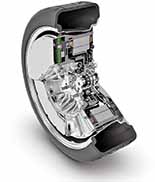
Offering hybrid modules that are installed between the engine and transmission to reduce CO2 emissions by as much as 70 per cent, the Group, in India, is leveraging its global know how to arrive at smart and cost effective solutions. Available as coaxial or parallel axis design, the hybrid modules could be integrated into all stages of hybridisation as 48V or high-voltage applications. The modular electric axles for hybrid and all-electric vehicles feature an electric motor that can be integrated into the drive module. It is capable of enabling selective distribution of drive torque to individual wheels (torque vectoring). The wheel hub drives, the electric motor, power electronics, brakes, and the cooling system are installed directly in the wheel rim and ensure minimal energy loss. Such solutions also help to achieve higher agility and safety. If the e-wheel drive is claimed to enable new vehicle concepts that facilitate parking in the smallest parking space available through improved steer-ability, applications for CVs like rolling bearing supports in crankshafts, camshafts and balancer shafts minimise power losses in the powertrain to a great extent.
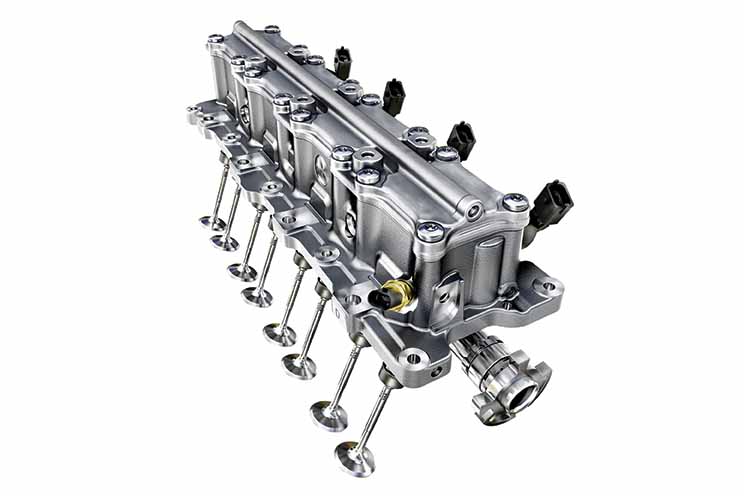
Influencing fuel efficiency and emissions in a profound manner, the future drivetrain concepts of Schaeffler involving P0/P1 hybridisation include technologies like ‘UniAir’. ‘UniAir’ is an electro-hydraulic system for fully-variable control of intake valves per cylinder and as per the requirement in gasoline and diesel engines. Enabling the engine to operate at optimal efficiency, ‘UniAir’ reduces fuel consumption by up to 10 per cent, increases power by 10 per cent, and torque by up to 15 per cent in the lower speed range. The use of ‘UniAir’ has been found to be especially beneficial for engines meeting EuroV and EuroVI emission standards.
Consumer preferences
With an eye on consumer preferences, and how a shift in the market is taking place, Schaeffler, according to Arora, is banking on future mobility solutions like advanced wheel bearing solutions, efficient engine and powertrain components for the front accessory drive system, chain drive systems, valve train and gear shift systems. It is also looking at a range of needle roller bearings, clutches and hydraulic clutch release systems. Supplying a wide range of products for tractor transmission and chassis, the company is confident that the government will boost the agriculture sector. Mechanisation in the agriculture sector is rising at a fairly rapid pace in India. What is stopping the realisation of full potential of mechanisation is the lack of fair price for agri produce and a need for an efficient supply chain.
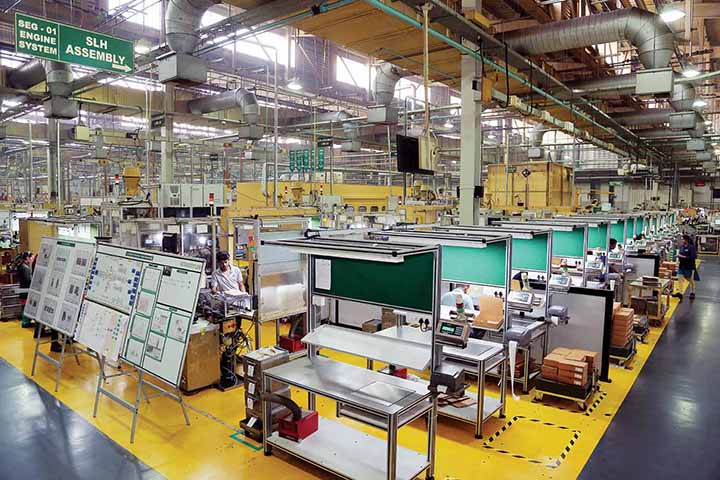
Delivering a strong topline performance amid mixed economic signals, according to Arora, Schaeffler India has succeeded in increasing revenue through an improved operational efficiency. With the buoyant first three quarters giving way to a decelerating fourth quarter, the Group, in India, reported a net revenue of Rs.45,615 million in 2018. It marked a 16 per cent growth over the year before (2017). Profit (before taxes and exceptional items) grew by 13.7 per cent to Rs.6,749 million. In the first quarter of 2019, revenue from operations are estimated to be Rs.11,723 million, lower by 1.2 per cent as compared to the corresponding quarter last year. Profit Before Taxes (BPT) before exceptional items is estimated to be Rs.1,626 million. Sustaining business despite witnessing weakness across automotive segments in the first quarter of 2019, according to Arora, Schaeffler in India is working towards improving productivity, localisation and reduce cost. Observing an upward pressure build up in input costs with the rise in import duties on automotive components (announced in the Union Budget 2018) from 7.5 per cent to 15 per cent, the Group is reducing its environmental footprint in India as well. It is improving productivity and agility to guard against developments like the rise in steel prices. Said Arora, Schaeffler India is aligning with the projected future energy scenario, which includes a firm focus on ‘zero emissions’ for road transport. In 2019, the Group expects uncertainty to continue in the wake of developments like BSVI and general elections.



















